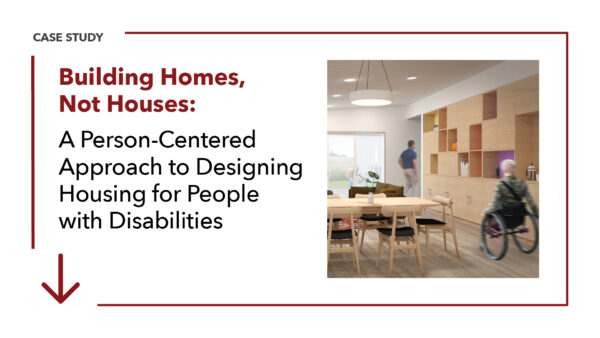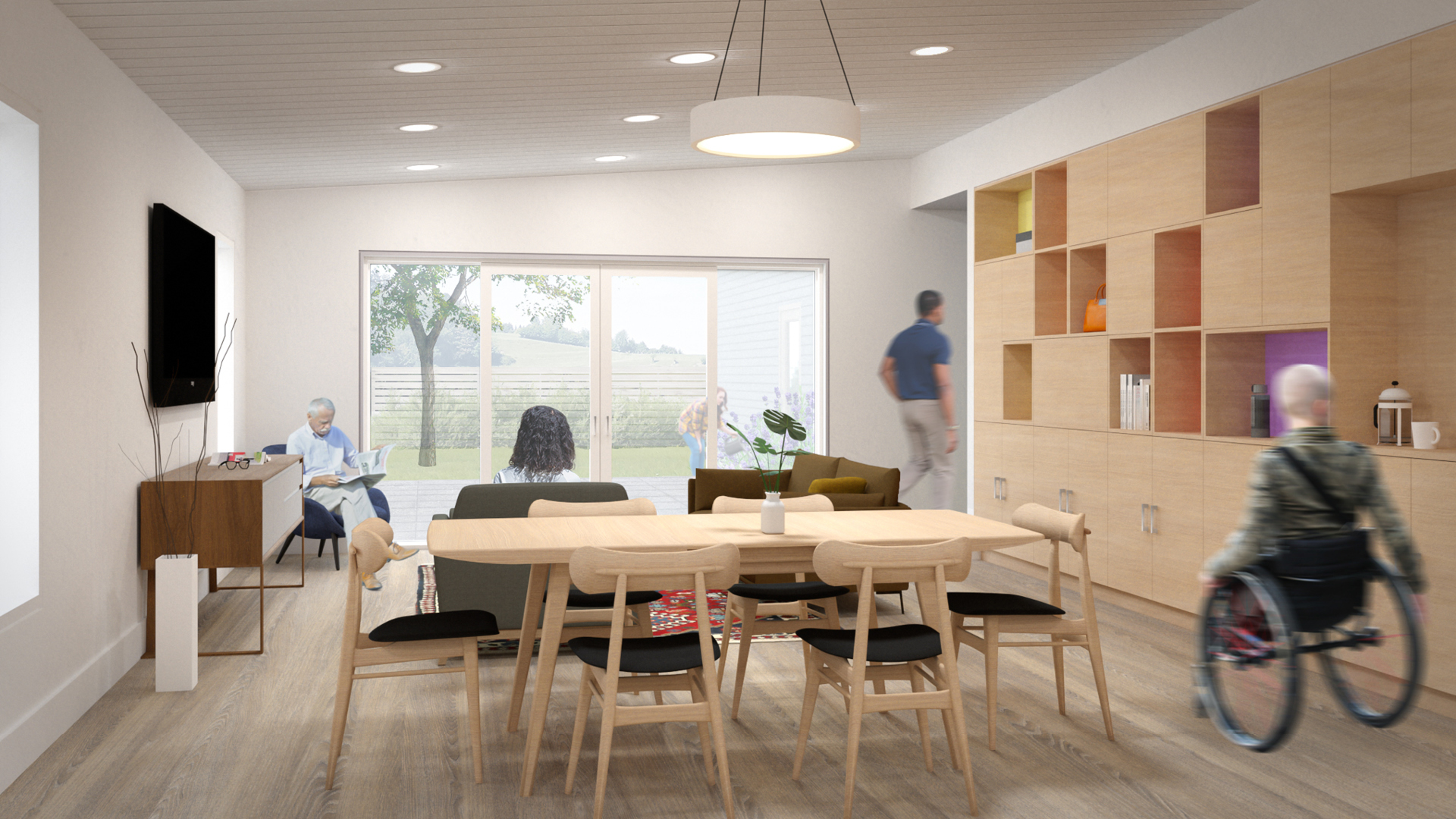Meaningful participation is critical to meaningful outcomes. At Davis Pier, we collaborate with our clients and community, leveraging human-centered approaches to deliver and improve program and project delivery.
Through our ongoing partnership with Nova Scotia’s Disability Support Program, we were asked to engage with people living with disabilities to inform the work to create more inclusive community homes across the province. We decided to use a diary study because it allowed us to create a truly participatory experience that was tailored to participant needs, while ensuring the insights we received enabled the work and meaningful outcomes.
For a more in-depth look at this work, read the full case study here.

What is a Diary Study?
A diary study is a research method where participants record their experiences, thoughts, and feelings over a period. Diary studies can be structured as time-based or event-based, open-ended or structured, conducted over short or long durations, and completed through various mediums such as written journals, digital apps, audio recordings, or video logs.
While traditional engagement methods such as interviews, surveys, and town halls are often useful tools, leveraging a diary study allows for a greater depth of insight into the daily lives and routines of participants. It can also provide a rich understanding of their needs and preferences.
Why is it a useful tool for meaningful engagement and co-design?
Diary Studies are a particularly useful engagement tool because they offer a view into the real-world experiences of participants. They empower participants to decide how they capture information and what details they choose to share. By capturing detailed, contextual data, they can help identify patterns and uncover insights that might not be evident through other methods.
This approach places a high value on the lived experiences and perspectives of participants and empowers them to decide how they would best like to contribute to research. It fosters relationships, connection, and trust with community, and leads to more empathetic and human-centred design solutions.
Tips for designing a Diary Study
- Define clear objectives. It’s important to have clear sense of the desired and required outcomes of a Diary Study. What do you hope to learn from the participants? How will this information inform your design process? What elements of the design process are firm and what can be influenced from the study?
- Choose the right participants. Select participants who represent your target audience. Their experiences should be relevant to the questions you are exploring and the work that will result.
- Provide guidance and support. Ensure participants understand what is expected of them and provide them with the necessary tools and support to complete the study. This might include training sessions, regular check-ins, and easy-to-use recording tools.
- Analyze the data thoroughly. Diary Studies generate a large amount of qualitative data. Identify key themes and insights from the content can help inform your design and project decisions.
- Tailor guidance to your audience. Ensure the instructions are in an accessible format for your audience. Use plain language throughout and align terminology with the mental models of participants.
- Respect participant privacy. Ensure that all data collected is handled with care and confidentiality. Obtain informed consent and be transparent about how the data will be used.
- Report back. It is important for participants to understand how their input is being used and how it impacts decision-making. Ensure you share back the key themes and connect the dots to how their input shaped outcomes.
Get in touch
If you’re interested in conducting a diary study or need assistance with designing your approach, let’s chat.
The Davis Pier team has extensive experience in innovative engagement methods and can support you in designing a tailored, flexible, and interactive approach to engaging people, building trust in community, and delivering meaningful solutions.




